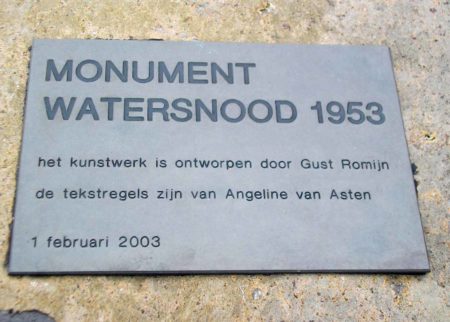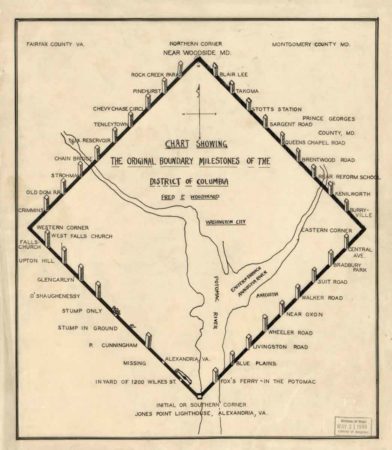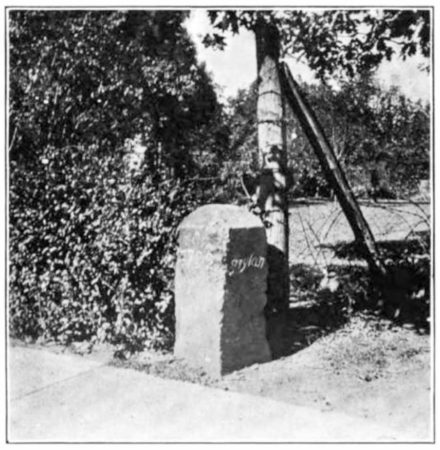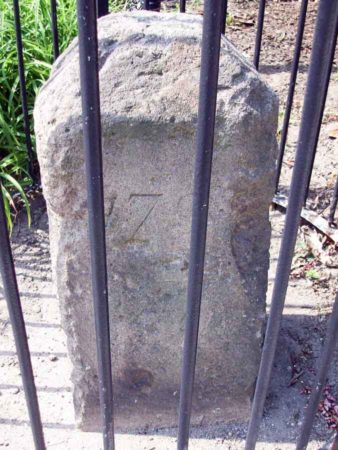Our topic today is inspired by a trip we took to the Netherlands in May 2023. One of the excursions was to the Delta Works, a massive decades-long engineering project to protect the Dutch from devastating floods in the southern part of the Netherlands.
Little did I know when I signed up for the excursion that the museum we would tour was connected to the Normandy invasion on 6 June 1944 and the ensuing deployment of men, armaments, and supplies used to support the Allies as they broke out of Normandy on the path to Germany.
The museum, Watersnoodmuseum, or “Flood Museum” is located inside four concrete caissons built to be used as part of the two artificial Mulberry Harbors at Arromanches-les-Bains (or simply, Arromanches) and Saint-Laurent-sur-mer, France.

Did You Know?
Did you know that we recently ran across rats in the Tiergarten during our visit to Berlin? Yep, it was a similar experience from years ago while we were walking in a Parisian park next to the Seine. After I returned to the states, I found out there was an organized movement in Paris to befriend those friendly furry rodents and I wrote a blog in 2018 on Paris rats (click here to read the blog, Paris Therapy Pets). Fast forward now to several months ago when the newly elected mayor of New York City created a new position and appointed someone to deal with the city’s massive rat problem. (Mayor Adams has been fined several times because his house is infested so I figure he wanted a hot line to someone who could come right away and get rid of his invasive rodents.)
Well, what do I see the other day? No, not more rats but rather a CNN article entitled “Can humans and rats live together? Paris is trying to find out.” It seems to be a bona fide question the Paris politicians are trying to answer. Mayor Hidalgo has formed a committee to study “cohabitation” with the rats while the center-right party is calling for more aggressive action against the proliferation of rat populations. They argue that rats are harmful to the quality of life. The pro-rat organization, Paris Animaux Zoopolis (PAZ), disagrees as do senior members of the Paris government. Paris rats do not pose a public health risk and “we need scientific advice,” says the deputy mayor. I guess she never studied the history of medieval Europe.
So, what does “cohabitation” with the rats mean? According to PAZ, “. . . making sure (rats) don’t suffer and that we’re not disturbed.” I suppose that is what is meant by “having your cake and eating it too.” That is, until the rats eat the cake first. At that point, the old French saying, “Let them eat cake” becomes relevant and solves the problem.

The Invasion and Mulberry Harbor
I think everyone is familiar with D-Day and the invasion of Normandy on 6 June 1944 (Operation Overlord, or simply “Overlord”). However, not everyone knows about the two artificial harbors (“Mulberry”) used to facilitate unloading supply ships with the materials necessary to sustain an advancing army. I’m also pretty sure most don’t know the story of Operation Fortitude which was a series of Allied deception plans intended to make Hitler and his senior staff think Normandy was a diversion and the real invasion would take place at Pais de Calais. (Click here to read the blog, The Double Cross System.) Read More Mulberry Harbor & The Delta Works





